The nuances of using different types of fertilizers for feeding cabbage in the open field
Top dressing of cabbage in the open field is necessary for easy growing of all types of vegetables and harvesting a large harvest. Cabbage is known for its beneficial properties - this product is found on the kitchen table in almost every home. It is stewed, boiled, added to salads, pickled. But for the quality to be at the highest level, you need to know some of the care features.
Required components
How to feed cabbage after planting in the ground? Loves cabbage, phosphoric and potassium supplements. Suitable mullein, bird droppings, nitrophoska, ash, urea. But all fertilizers for cabbage must be applied in accordance with the growth and stages of culture development.
It is necessary to feed cabbage phosphorus fertilizerswhich make the cabbage sweet and juicy. Most of this component is needed in July and August. With a lack of phosphorus, the leaves darken, curl, and the taste of the vegetable becomes bitter. If phosphorus is added to the second dressing, then the root should not be watered. The space between the beds is being processed.
Boron and molybdenum are needed for cabbage to grow large, dense and healthy. Their use increases the density of the head of cabbage, increases resistance to various insect pests and immunity from many diseases.
Weight gain accelerates. When molybdenum is found in insufficient quantities in the soil, the leaves are deformed, and the top begins to rot. Boron deficiency is manifested by brown spots on the leaves.
Boron and molybdenum are recommended to be applied for the first time at a time when a couple of leaves appear on the sprouts. As molybdenum fertilizers, ammonium molybdate and superphosphate containing molybdenum are used.
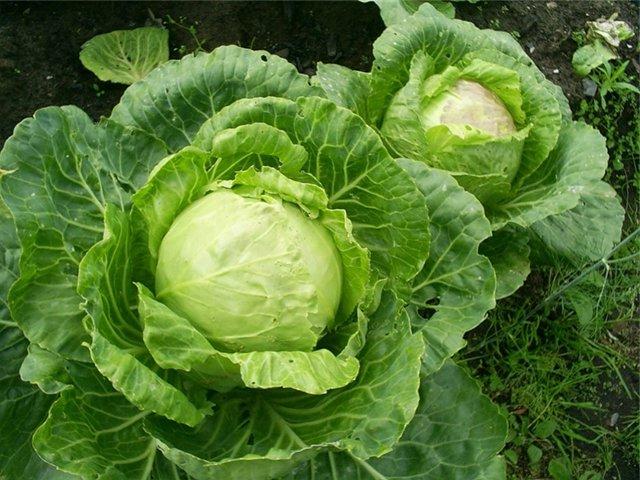
To spray the top of the plant, you can add boric acid and ammonium molybdate to a bucket of water. Molybdenum and phosphorus are added during sowing of seeds in open ground.
For fast growth, you can feed the cabbage with urea. The vegetable becomes a source of nitrogen intake and improves the development of green leaves. If the leaves become yellow and thin, urea is especially needed: a solution based on it must be watered at the base.
Nutrient introduction steps
How to feed cabbage seedlings depends on many factors. The first top dressing is associated with the introduction of the nutrient composition into the soil before planting or after the picking procedure.
What top dressing is chosen before planting a vegetable? If the land does not meet all the requirements, then it should be planted in a hole with wood ash, humus and superphosphate. Then, after 1.5 weeks, the planted seedlings are treated with chicken droppings, mullein and herbal infusions.
If the soil is rich in nutrients, then the initial feeding is carried out 12 days after planting the seedlings.In this case, potassium chloride, ammonium nitrate and superphosphate are added to the water for irrigation.
Cabbage seeds begin to be planted in March in a greenhouse or in pots at home. Top dressing in this case is shown after the pick. Additional nutrition in this case will help the leaves develop better.
It is recommended to pour cabbage for growth with a solution based on chicken manure with water in a ratio of 1:20. The second time you can use wood ash and superphosphate, previously diluted in water.
When all these stages of feeding have been missed, it is not too late to apply fertilizer in the third week of seedling growth. A recipe based on manure is suitable: pour water and let it brew for a day. Each root planted in the garden is treated with the resulting solution.

Manure as a supplement must be mixed with water in a ratio of 1: 5. Before watering, a glass of the resulting solution is diluted with a bucket of water and 30 g of superphosphate is added. You need to water at the base, counting a liter per root.
You can feed cabbage outdoors with urea. Urea is allowed to be added immediately after planting the vegetable. In two weeks, when the plant takes root and gains strength. Urea, potassium and superphosphate are diluted with water. Urea can repel insect pests. To fight insects, it is recommended to sprinkle the soil with urea in spring.
How to feed the vegetable for the third time? When the head of cabbage begins to form, the cabbage needs a special additional feeding. The third top dressing is prepared on the basis of mullein and superphosphate. Do not forget that at this time the vegetable needs abundant watering. If the summer is characterized by prolonged rains, then limit the consumption of cabbage liquid to avoid cracking.
Cabbage for the formation of a head of cabbage and increase in weight and to protect against diseases and pests must be spilled. We huddle first during the head ovary, the second time is recommended during the rapid growth of the vegetable. Hilling is carried out in rainy weather. If it has not rained for a long time, then abundant watering of the earth is recommended before hilling.
Ready formulations
What fertilizers can you choose in the store? Store shelves offer many ready-made fertilizers, rich in nutrients needed for the development of crops. For cabbage after planting in the ground, the following dressings may be useful.
Top dressing Zdraven turbo for cabbage has a good composition. It is able to increase the density of the head of cabbage and increase the mass. Improves taste and makes it possible to store the vegetable for a long time. Fertilizer Zdraven contains all important trace elements, including molybdenum, boron, zinc, magnesium, potassium.

It is better to dissolve the required dosage in warm water (standard dosage is 15 g per 10 liters). Root dressing can be accompanied by a similar solution on the 12th day after planting in the ground. Foliar dressing of cabbage is carried out every two weeks.
Agricola - fertilizer number 1 - is used for root feeding and spraying of leaves. Thanks to this top dressing, cabbage grows and gains strength faster, increases disease resistance, promotes better absorption of vegetables, nutrients and vitamins.
Can I use Colloidal Sulfur fertilizer? Many summer residents advise: "Use the composition to combat fungal and other diseases, with insect pests among vegetables." It is advisable to use the solution for spraying the leaves in the morning and evening. It is not recommended to use the composition in rainy weather. Leaves must be processed on both sides.
Colloidal sulfur is non-toxic to plants, can be combined with other pest control agents, does not affect the composition of the soil. Begins to act 3-4 hours after treatment. Colloidal sulfur protects against infection for up to 10 days. Re-treatment with fertilizer is carried out no earlier than two weeks later.
Colloidal sulfur can be applied to the soil several days before planting seedlings. In 10 liters of water, 50 g of the solution are gradually dissolved until a homogeneous suspension is obtained. Colloidal sulfur requires caution. Do not smoke or eat during use. After the procedure, the exposed areas of the body are washed with soap and water.

Dolomite flour is a mineral supplement often used for the growth of cabbage. Dolomite fight against pests and diseases. How to use it correctly? It is best applied during the preparatory phase. Dolomite flour can be applied to the soil in the spring, but most often processing is carried out in September. After harvesting, the powder is scattered into open ground.
Dolomite flour nourishes the root system, saturates it with nutrients, improves taste, and is used as a growth stimulant.
Dolomite flour is added to the soil only after determining the acidity level. The dosage is calculated based on the acidity level. Dolomite flour can be used simultaneously with compost, boric acid, copper sulfate.
Folk recipes
Many gardeners prefer natural ingredients to chemical fertilizers. The use of homemade recipes requires the correct calculation of the dosage of each component. How to fertilize the beds:
- In June, the soil and leaves can be treated with a composition with boric acid. The composition will accelerate the growth of the plant. To do this, dissolve 5 ml of boric acid in 250 ml of boiled water. Before watering, the resulting solution is once again diluted with water.
- In order for the cabbage to grow quickly, yeast is used, which contain phosphorus, nitrogen, and vitamin-mineral complexes. They cultivate the land twice a summer with an interval of one month. Fresh yeast is dissolved in water and left to ferment for a day. Watering is necessary in the warm evening, after diluting in water (1:10). Since yeast stops the absorption of potassium, it is recommended to treat the ground with wood ash after a couple of days.
- Use baking soda as a fertilizer. The composition is able to preserve the integrity of the formed heads of cabbage, prevents cracks and prolongs the storage of the harvested crop. In addition, the soda solution acts as an antiseptic and prevents many diseases. Soda powder is diluted with water and the beds are watered with a watering can.

- Banana peel will save you from potassium deficiency. Some gardeners can use it as fertilizer. The peel can be dried and chopped, and then sprinkled with cabbage at the base. You can make a tincture. The peel of several bananas is soaked in water for three days. Then it is useful to water the beds with the resulting solution.
- The use of eggshells will help replenish the lack of calcium in the soil. The component contains many other trace elements. The shell can be crushed and sprinkled on the ground, or you can make a tincture. The shells of three eggs are poured with water and left to infuse for three days.
- A good cabbage cannot grow without iodine, which improves the condition of the leaves and makes the head of cabbage elastic. In addition, this component acts as an antiseptic and increases the resistance of the vegetable to many diseases. Two drops of iodine are dissolved in a liter of water. The resulting solution can be used for foliar dressing.
Before feeding cabbage in the open field, you should determine the composition of the soil and the appearance of the plant. Harm can be caused not only by the lack of some nutrients, but also by their excess. Observing the feeding scheme, you can achieve a large and healthy harvest.
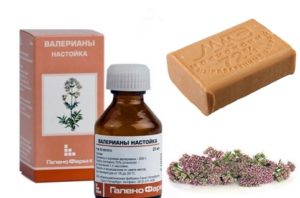

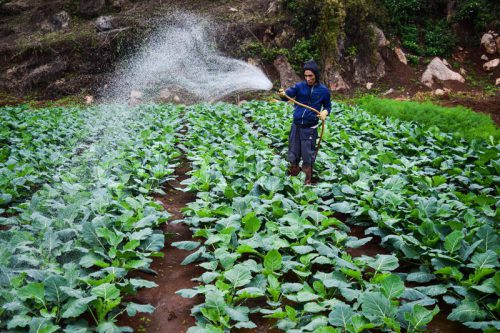



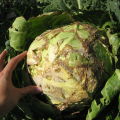


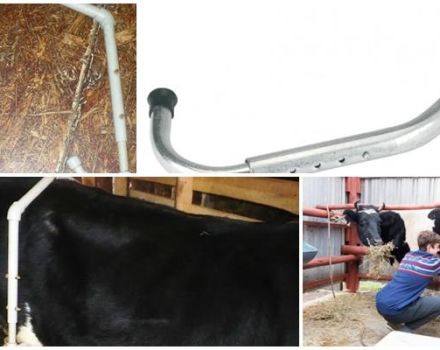

I also used to constantly select which fertilizers to apply at what time. Therefore, for the last two years I have been using a plant growth activator BioGrow, always a great option and suits all plants!